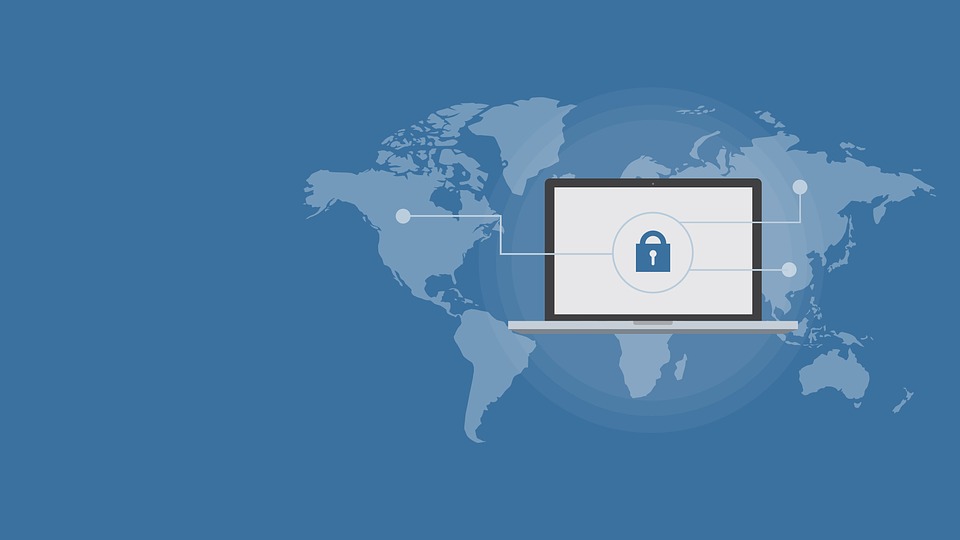We are in the midst of a period where war is waged on both a physical battlefield and by expert operators in front of screens out of sight in dark rooms all over the world. As human beings we feel that if something cannot physically touch us then it does not exist. But cyber attacks and hackings are like unseen diseases, requiring serious planning to mitigate potential damage. Major institutions such as eBay, JP Morgan Chase, Equifax, and even the DoD have fallen victim to data breaches. The personal information of millions was compromised, yet this remains a blip on our public consciousness. Threats from cyber attacks in search of our personal information and infrastructure breaches remain grave threats to guard against, and with the ever-growing number of connected devices and Internet users, the risk will only continue to increase. For example, when North Korea hacked Sony (allegedly), no discernable action was taken in what could have been considered an act of war. This type of asymmetric warfare allows weaker actors to perpetrate large-scale attacks without the fear of the harsh retaliation they would face for a kinetic assault. As these threats multiply, Interfor aims to keep you updated on what to remain vigilant against.
IOT
We’re going to highlight three trends happening now in the the cyber sphere; IoT, AI, and the shortage of Cyber Security professionals. One of the major trends emerging in IoT (Internet of Things, devices which according to Business Insider will number 34 billion by 2020) is the security around these devices. IoT connected devices will be central to new technologies on the cusp of entering mainstream adoption, such as automated transportation and drones. We can imagine a situation where hackers associated with a rogue state look to hack into a driverless car or a smart home IoT system, technologies which Amazon and Google are making pervasive. If you though breaches were just about hackers stealing our credit card information we are in for a rude awakening when we finally see the vulnerabilities of the many products in our daily lives.
AI
AI (artificial intelligence) is a buzzword which encompasses technologic advances as well as life in general. AI will be practical in both the offensive and defensive uses of cyber. Malware is an example of a program now able to adapt, becoming a weaponized version of AI. Of course, the use of AI in cyber tactics is implemented and researched by militaries who rely heavily on the use of technology, such as the US military and the IDF. From a longer-term perspective, weaponized AI could be one of the greatest threats we face, and this is not just catastrophizing forecasts of possible doomsday scenarios by Elon Musk and others.
Talent
Present-day organizations experiencing digital transformation need talented staff to cope with the rising threat of cyber attacks, and there aren’t enough “good guys” to fight this onslaught. Even with more certifications and training programs springing up, there remains a need to train more employees and to educate stakeholders on how to face these threats. Rogue state actors and criminal organizations have expended extensive resources into shadowy practices to prevail in this space, and governments are taking staff training quite seriously. However, more private sector organizations need to address this looming threat as well. CSO Magazine points out that in 2018 there is an increasing skills shortage and too few Cyber Security professionals. It’s time for more companies to invest in training against cyber threats.
Protecting against cyber threats seems like something only Fortune 500s and characters in police dramas face, this rapidly growing danger is no longer just a tool of the weak. Interfor is here to advise on these unseen threats; don’t ever hesitate to reach out to us for guidance.
To find out more, please reach out to info@interforinternational.com





